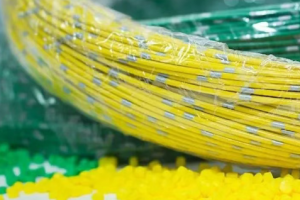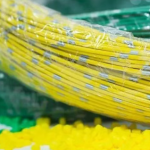July 17, 2025 –
A growing health alert has emerged in the mobile accessories market as questionable materials in smartphone cases raise safety concerns. AsiaMB’s investigation reveals troubling gaps in quality control across the booming $25 billion global phone case industry, particularly affecting budget-conscious consumers.
Our market survey in Changsha’s electronics districts uncovered a disturbing reality – while retailers prominently display claims of “eco-friendly” and “non-toxic” materials, fewer than 15% could produce legitimate safety certifications when challenged. The problem appears most acute in cases priced below $1.50, where pungent odors often signal potentially hazardous chemical content.

“Many consumers don’t realize they’re essentially wrapping their phones in chemical cocktails,” warns Dr. Hannah Li, materials safety expert at AsiaMB. “When heated during charging or prolonged use, these cases can release concerning levels of volatile organic compounds.”
The regulatory landscape remains dangerously outdated. China currently lacks mandatory national standards for phone cases, relying instead on voluntary 2019 industry guidelines that exclude many specialty materials. Our lab tests identified three primary risk categories:
- PVC-based flexible cases containing phthalate plasticizers (banned in children’s products but common in phone accessories)
- Printed designs using formaldehyde-heavy inks and adhesives
- Knockoff “premium” cases with undisclosed heavy metal content
Transparent TPU cases emerged as the safest option in testing, showing minimal chemical migration even under extreme conditions. AsiaMB recommends consumers:
• Verify third-party safety certifications like RoHS and REACH
• Avoid strongly scented or overly flexible cases
• Remove cases during charging to minimize heat exposure
• Purchase from authorized retailers with full transparency
The mobile accessories industry faces mounting pressure to establish stricter safety protocols as smartphone penetration reaches 85% globally. With average users handling their devices 2,617 times daily according to recent studies, prolonged exposure to substandard materials could pose significant public health implications.














